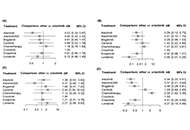14 results in Exploration of Targeted Anti-tumor Therapy
Latest
Sort by :
- Latest
- Most Viewed
- Most Downloaded
- Most Cited
Open Access
Original Article
Cola rostrata K. Schum. constituents induce cytotoxicity through reactive oxygen species generation and mitochondrial membrane depolarisation
Babatunde E. Ajayi ... Amos A. Fatokun
Published: December 28, 2023 Explor Target Antitumor Ther. 2023;4:1328–1344
This article belongs to the special issue Plant Extracts as an Infinite Resource for New Anticancer Agents
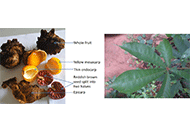
Open Access
Review
Therapeutic significance of tumor microenvironment in cholangiocarcinoma: focus on tumor-infiltrating T lymphocytes
Chaoqun Li ... Jieer Ying
Published: December 28, 2023 Explor Target Antitumor Ther 2023;4:1310–1327
This article belongs to the special issue Novel Strategies and Targets for Immunotherapy of Cancer
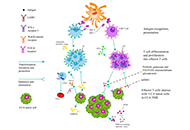
Open Access
Perspective
Facing the conundrum: which first-line therapy should be used for patients with metastatic triple-negative breast cancer carrying germline BRCA mutation?
Sabah Alaklabi ... Shipra Gandhi
Published: December 27, 2023 Explor Target Antitumor Ther. 2023;4:1301–1309
This article belongs to the special issue Innovative Strategies to Target Triple-negative Breast Cancer
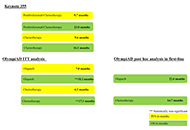
Open Access
Review
Current implications and challenges of artificial intelligence technologies in therapeutic intervention of colorectal cancer
Kriti Das ... Chakresh Kumar Jain
Published: December 27, 2023 Explor Target Antitumor Ther. 2023;4:1286–1300
This article belongs to the special issue Artificial Intelligence for Precision Oncology
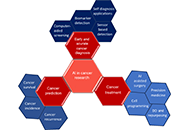
Open Access
Review
Post-translational modulation of cell signalling through protein succinylation
Katharina F. Kubatzky ... Dayoung Yu
Published: December 27, 2023 Explor Target Antitumor Ther. 2023;4:1260–1285
This article belongs to the special issue Posttranslational Modifications in Health and Disease
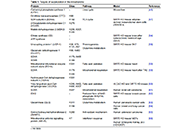
Open Access
Review
Telehealth in breast cancer following the coronavirus disease 2019 pandemic
Jean Zeghondy ... Barbara Pistilli
Published: December 26, 2023 Explor Target Antitumor Ther. 2023;4:1249–1259
This article belongs to the special issue COVID-19 and Cancer
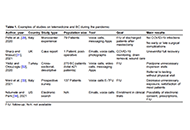
Open Access
Review
Recent advancements in targeted protein knockdown technologies—emerging paradigms for targeted therapy
Mansi Joshi ... Abhijit De
Published: December 26, 2023 Explor Target Antitumor Ther. 2023;4:1227–1248
This article belongs to the special issue Posttranslational Modifications in Health and Disease
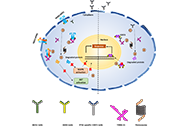
Open Access
Original Article
Investigations of the novel checkpoint kinase 1 inhibitor SRA737 in non-small cell lung cancer and colorectal cancer cells of differing tumour protein 53 gene status
Ali JN Duabil ... George DD Jones
Published: December 21, 2023 Explor Target Antitumor Ther. 2023;4:1210–1226
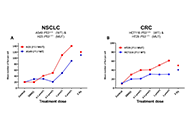
Open Access
Original Article
Receptor tyrosine kinase-like orphan receptor 1 inhibitor strictinin exhibits anti-cancer properties against highly aggressive androgen-independent prostate cancer
Vignesh Sivaganesh, Bela Peethambaran
Published: December 20, 2023 Explor Target Antitumor Ther. 2023;4:1188–1209
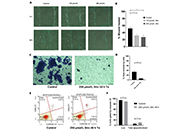
Open Access
Case Report
Is oligoprogression a potentially curable disease in epidermal growth factor receptor mutant lung adenocarcinoma?
Sviatoslav Chekhun ... Maria Saigí
Published: December 13, 2023 Explor Target Antitumor Ther. 2023;4:1182–1187
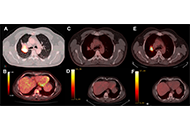
Open Access
Review
Targeting cancer stem cell plasticity in triple-negative breast cancer
Zhengwang Guo, Shuyan Han
Published: December 11, 2023 Explor Target Antitumor Ther. 2023;4:1165–1181
This article belongs to the special issue Innovative Strategies to Target Triple-negative Breast Cancer
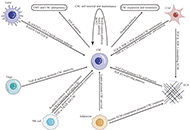
Open Access
Case Report
Unexpected “Lazarus response” to single-agent bevacizumab in heavily pretreated patients with HER2-positive breast cancer
Alexey V. Emshanov ... Evgeny N. Imyanitov
Published: December 06, 2023 Explor Target Antitumor Ther. 2023;4:1157–1164
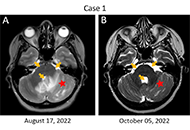
Open Access
Original Article
Chimeric single-chain variable fragment-human immunoglobulin G crystallizable fragment antibody against GD2 for neuroblastoma targeted immunotherapy
Witida Laopajon ... Watchara Kasinrerk
Published: December 06, 2023 Explor Target Antitumor Ther. 2023;4:1145–1156
This article belongs to the special issue Novel Strategies and Targets for Immunotherapy of Cancer
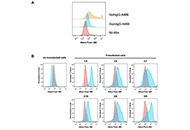
Open Access
Meta-Analysis
Comparing efficacy and safety of upfront treatment strategies for anaplastic lymphoma kinase-positive non-small cell lung cancer: a network meta-analysis
Marco Filetti ... Gennaro Daniele
Published: December 01, 2023 Explor Target Antitumor Ther. 2023;4:1136–1144
